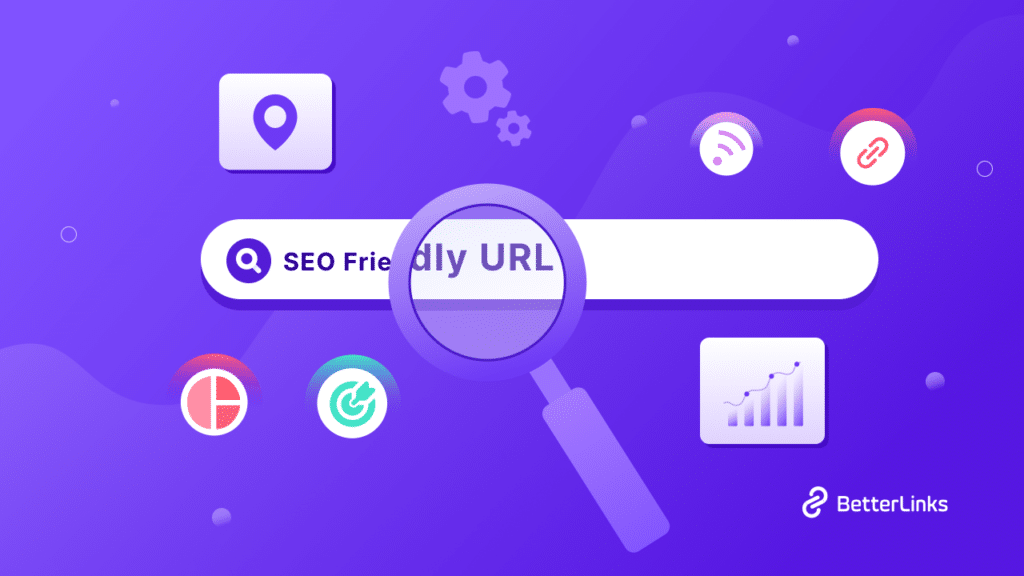Want to build a website but feel intimidated by coding? WordPress can be your secret weapon! Its user-friendly interface makes it perfect for anyone, from hobbyists to businesses. But for those who crave more control and unique features, venturing into WordPress development can unlock a world of possibilities. This guide is your roadmap to mastering WordPress development, transforming you from a beginner into a confident coder.
Understanding WordPress Development

WordPress development involves the creation and customization of websites using the WordPress platform. It caters to a broad spectrum of needs, ranging from personal blogs to complex corporate websites and e-commerce platforms. Developers leverage the flexibility of WordPress to build and tailor websites according to specific requirements.
Key Components of WordPress Development
WordPress development offers a powerful toolkit for building and customizing websites, but what exactly goes into it? Let’s break down the essential components:
1. Themes

- Themes define the look and feel of a WordPress site.
- Developers can choose existing themes or create custom ones to match specific design preferences.
2. Plugins

- Plugins extend the functionality of WordPress.
- Custom plugins can be developed to add unique features or modify existing ones.
3. Custom Post Types

- Developers can create custom post types and taxonomies to organize content in a way that suits the website’s structure.
4. Widgets

- Widgets are small blocks that perform specific functions and can be placed in designated widget areas.
- Developers can create custom widgets to enhance site functionality.
5. Responsive Design

- Ensuring that websites are responsive and mobile-friendly is crucial.
- CSS frameworks like Bootstrap are often integrated to streamline the development of responsive designs.
Best Practices in WordPress Development
Crafting exceptional WordPress websites requires not just technical prowess, but also a commitment to best practices. Here are some key principles to guide your development journey:
1. Security

- Regularly update WordPress core, themes, and plugins to patch security vulnerabilities.
- Implement secure coding practices to protect against common threats.
2. Performance Optimization

- Optimize images, leverage browser caching, and use Content Delivery Networks (CDNs) to enhance website speed.
- Minimize the use of resource-intensive plugins.
3. SEO Optimization

- Develop SEO-friendly URLs, meta descriptions, and content.
- Utilize SEO plugins and adhere to best practices for on-page SEO.
4. Version Control
- Implement version control systems, such as Git, to manage code changes and collaborate with teams effectively.
5. Customization without Core Modifications
- Avoid directly modifying the core WordPress files to simplify future updates.
- Use child themes and hooks for safe customization.
Emerging Trends in WordPress Development
1. Gutenburg Editor
- Gutenberg, the block-based editor, has revolutionized content creation in WordPress.
- Developers can create custom blocks to extend Gutenberg’s capabilities.
2. Headless WordPress
- Decoupling the front-end and back-end, known as headless WordPress, allows developers to use alternative front-end frameworks like React or Vue.js.
3. Artificial Intelligent (AI) Integration
- Integrating AI features, such as chatbots or recommendation engines, adds a modern touch to WordPress websites.
WordPress development is an ever-evolving field, offering an extensive toolkit for creating dynamic and engaging websites. Whether you’re a seasoned developer or just starting, understanding the key components, best practices, and emerging trends will empower you to harness the full potential of WordPress. As technology continues to advance, WordPress development remains at the forefront, providing a versatile platform for building the next generation of online experiences.


